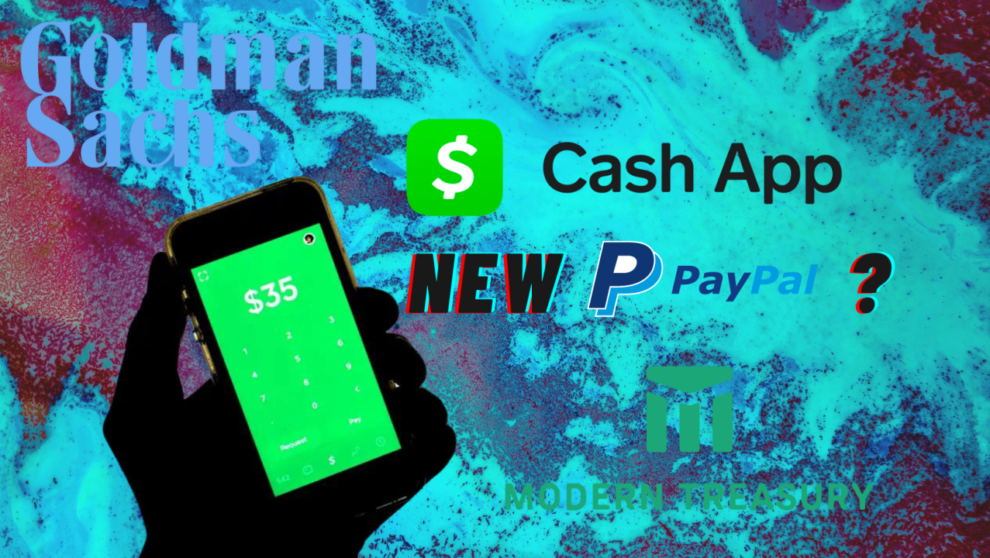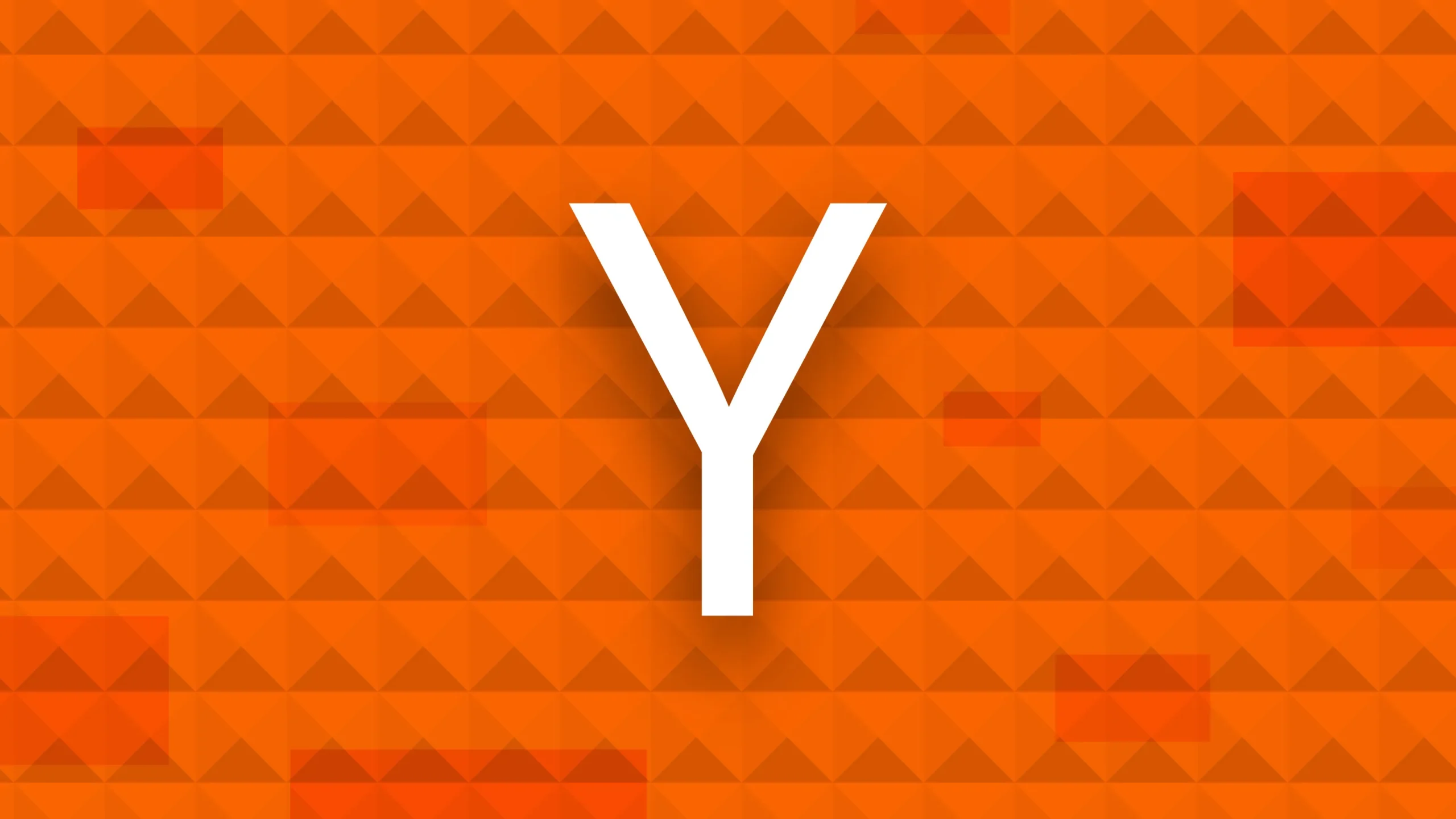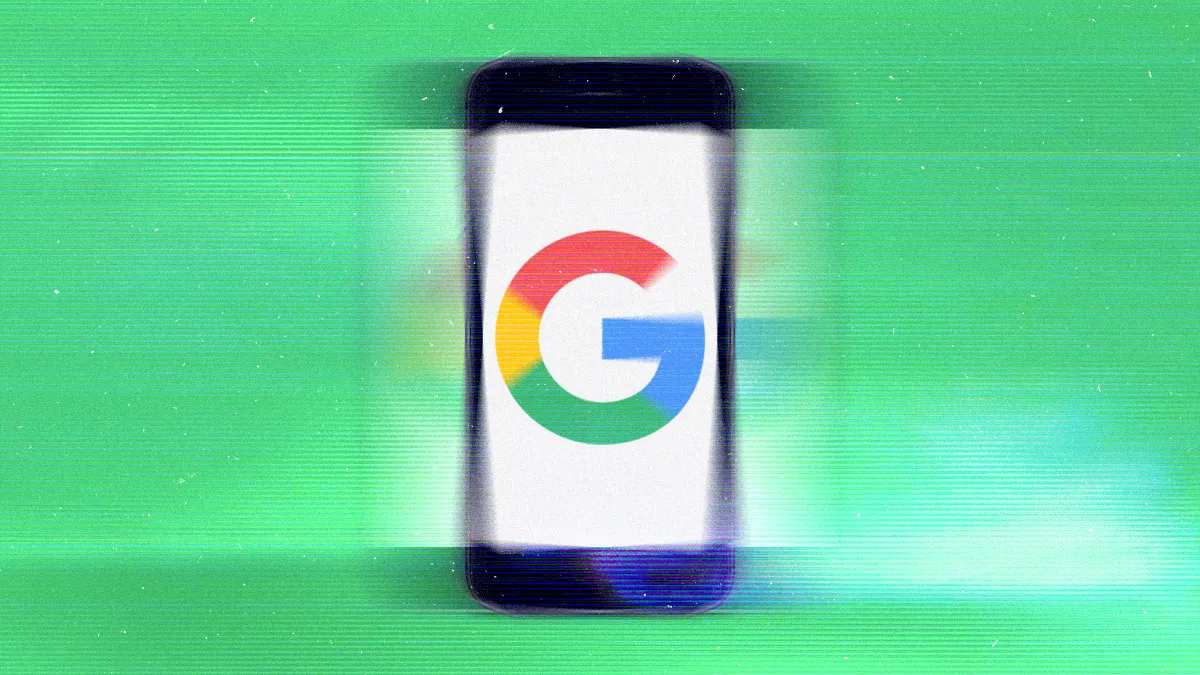The lines between technology companies and traditional financial institutions are blurring. Driven by the rise of smartphones and the demand for seamless digital experiences, apps like Apple Pay, Cash App, and PayPal are no longer just convenient ways to pay; they are evolving into comprehensive financial platforms that challenge the very definition of banking. But are these tech giants truly ready to take on the mantle of banking, with all its regulatory complexities and consumer expectations?
This shift towards tech-driven finance has been a gradual evolution. It began with these apps simplifying online transactions and peer-to-peer payments. Now, they offer a wide array of services, from investing and buying cryptocurrency to issuing debit cards and even providing loans. This begs the question: are we witnessing the dawn of a new era where our financial lives are primarily managed not by banks, but by tech companies?
A Closer Look at the Key Players
- Apple Pay: Integrated seamlessly into the Apple ecosystem, Apple Pay has become synonymous with contactless payments. Its sleek interface and focus on security have made it a popular choice for iPhone users. Beyond simple transactions, Apple Pay now offers the Apple Card, a credit card with cashback rewards and transparent fee structures.
- Cash App: Owned by Block (formerly Square), Cash App has gained traction with its user-friendly design and social features. It allows users to send and receive money instantly, invest in stocks and Bitcoin, and even file their taxes. Cash App has also tapped into the underbanked population by offering a convenient way to receive direct deposits and access financial services.
- PayPal: A veteran in the digital payments space, PayPal has built a massive global network. It remains a dominant force in online transactions and has expanded its offerings to include credit lines, buy-now-pay-later options, and international money transfers.
Blurring the Lines: Traditional Banking vs. Fintech Apps
These apps are increasingly replicating features traditionally offered by banks:
- Direct Deposit: Many apps allow users to receive their paychecks directly, eliminating the need for a traditional bank account.
- Debit Cards: Physical and virtual cards linked to app accounts enable users to spend their funds anywhere.
- Spending and Budgeting Tools: Some apps offer features to track spending, set budgets, and manage finances.
- Investment Options: Apps are increasingly venturing into investment services, allowing users to buy and sell stocks, ETFs, and cryptocurrencies.
- Loans and Credit: Some platforms provide short-term loans, credit lines, and even buy-now-pay-later options.
The Regulatory Landscape
The growing influence of these fintech apps has not gone unnoticed by regulators. Concerns over data privacy, consumer protection, and financial stability have prompted increased scrutiny. In the U.S., the Consumer Financial Protection Bureau (CFPB) recently announced plans to supervise nonbank financial companies that handle a large volume of transactions, including these payment apps. This move aims to ensure these companies adhere to the same consumer protection laws that apply to traditional banks.
Challenges and Opportunities
While these apps offer convenience and innovation, they also face significant challenges:
- Security Concerns: Data breaches and fraud remain a concern, especially as these apps handle sensitive financial information.
- Regulatory Uncertainty: The evolving regulatory landscape poses challenges for these companies as they navigate compliance and licensing requirements.
- Limited Customer Service: Many users have expressed frustration with the lack of adequate customer support compared to traditional banks.
- Financial Inclusion: While these apps can potentially expand access to financial services for the underbanked, there are concerns about affordability and potential predatory practices.
Despite these challenges, the future of fintech looks bright. These apps have the potential to:
- Drive Financial Innovation: By leveraging technology, they can offer personalized and efficient financial solutions.
- Promote Financial Inclusion: They can reach underserved populations and provide access to essential financial services.
- Increase Competition: Their presence challenges traditional banks to innovate and improve their services.
My Personal Experience
As someone who embraces technology, I’ve been an avid user of both Apple Pay and PayPal for years. I appreciate the convenience of contactless payments and the ease of online transactions. Recently, I started exploring Cash App’s investing features, and I find the platform surprisingly intuitive and user-friendly. However, I still maintain a traditional bank account for certain services and as a backup.
I believe these apps are valuable tools for managing finances, but it’s important to use them responsibly and be aware of their limitations. It’s crucial to choose reputable platforms, practice good security hygiene, and stay informed about the evolving regulatory landscape.
The Future of Finance
The rise of fintech apps like Apple Pay, Cash App, and PayPal represents a significant shift in the financial landscape. While these apps may not completely replace traditional banks in the near future, they are undoubtedly transforming the way we manage our money. As these platforms continue to evolve and innovate, they will play an increasingly important role in shaping the future of finance.
The key takeaway is clear: The lines between technology and finance are becoming increasingly blurred. Whether these apps will truly become “the new banks” remains to be seen, but their impact on the financial industry is undeniable. Consumers stand to benefit from increased competition, innovation, and access to financial services. However, it’s crucial to remain vigilant about security, consumer protection, and responsible financial practices in this rapidly evolving digital world.









